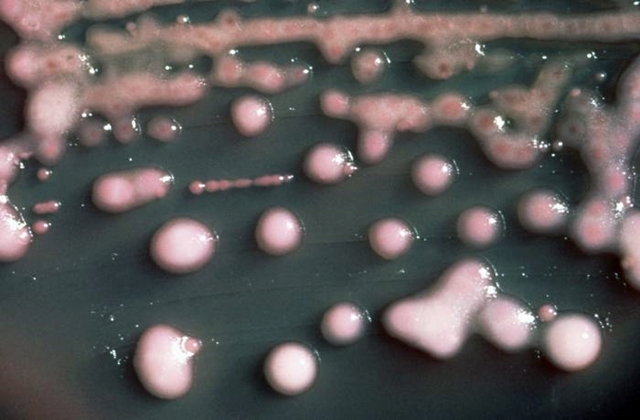1 June 2021. An electronic device for assessing bacteria in blood samples is shown to meet conventional lab culture standards in a fraction of the usual testing time. Results evaluating the eQuant device, a system designed for the antibiotic susceptibility testing process developed by Avails Medical Inc. in Menlo Park, California, appear in yesterday’s issue of the journal Scientific Reports.
Antibiotic susceptibility testing helps determine the best antibacterial response regimen for individual patients, particularly patients in hospitals or clinics. In many of these health care settings, risks of bacterial infection are higher, yet the microbes are becoming increasingly resistant to current antibiotics. Centers for Disease Control and Prevention says in 2015, some 687,000 health care associated infections were reported in U.S. acute care facilities, with 1 in 31 hospital patients contracting one of these infections. About 72,000 deaths occurred that year, says CDC, among patients with health care associated infections.
An antibiotic susceptibility test is usually done after a patient’s blood sample shows a positive result for resistant bacteria. Today, those tests first require bacteria to be measured in lab cultures requiring 18 to 24 hours of incubation time. In that time the bacteria grow to a strong enough concentration of cell counts to media to meet lab testing reference standards, known as MacFarland standards. The concentration standard for antibiotic susceptibility tests is called 0.5 MacFarland.
Measuring metabolic reactions of bacteria with voltage changes
The eQuant device inserts two electrodes into a patient’s blood sample or other fluids. The electrodes send electronic signals into the sample, and gauging bacterial metabolic reactions by oxidation changes in the blood, measured with voltage changes. As with current procedures, the eQuant test is used after a patient’s blood sample tests positive, identifies the specific bacteria strains, and quantifies those strains in the patient’s blood for the following antibiotic susceptibility test. The device, designed for medical labs, uses replaceable cartridges to hold individual patient samples.
In the paper, researchers from Avails Medical and Stanford University medical school — the company is founded by Stanford alumni — tested blood samples with two types of gram-negative bacteria: Escherichia coli or E. coli and Klebsiella pneumoniae, or K. pneumoniae. Some E. coli strains are also responsible for urinary tract infections, while K. pneumoniae is associated with pneumonia, blood stream, and surgical site infections. “Gram” refers to a classification for bacteria where the microbes either retain (gram-positive) or shed (gram-negative) a test stain on their protective cell coatings. The tough coating on gram-negative bacteria causing the microbes to shed the testing stain also helps protect the bacteria from antibiotics.
The researchers, led by Avails’s co-founder and chief technology officer Meike Herget, wrote an algorithm to measure cell-density concentrations of the two target gram-negative bacteria, as well as other microbes in the samples, against look-up tables of those bacteria cultured in agar-coated lab plates. The results show the eQuant device calculates bacterial concentrations to 0.5 MacFarland standards in one to two hours for antibiotic susceptibility tests or ASTs, compared to 18 to 24 hours needed by conventional lab procedures.
“Accelerating antibiotic susceptibility testing for blood stream infections,” says Herget in a company statement released through Cision, “is key to reduce patient mortality and to deescalate antibiotic therapy from a costly broad spectrum and empiric one to a targeted and lower cost therapy.” Herget adds, “With eQuant, we are addressing the holy grail of timely blood stream infection diagnosis by allowing AST directly from a patient positive blood culture, saving time and lives.”
More from Science & Enterprise:
- Pharma Companies Form $1B Antibiotics Fund
- Trial Underway Testing Crispr-Based Antibiotic
- Commentary – New Models Needed for Antibiotic Resistance
- New Antibiotic Discovered to Fight Drug-Resistant Bacteria
- Microneedle Patch Monitors Antibiotic Levels
* * *


 RSS - Posts
RSS - Posts
You must be logged in to post a comment.